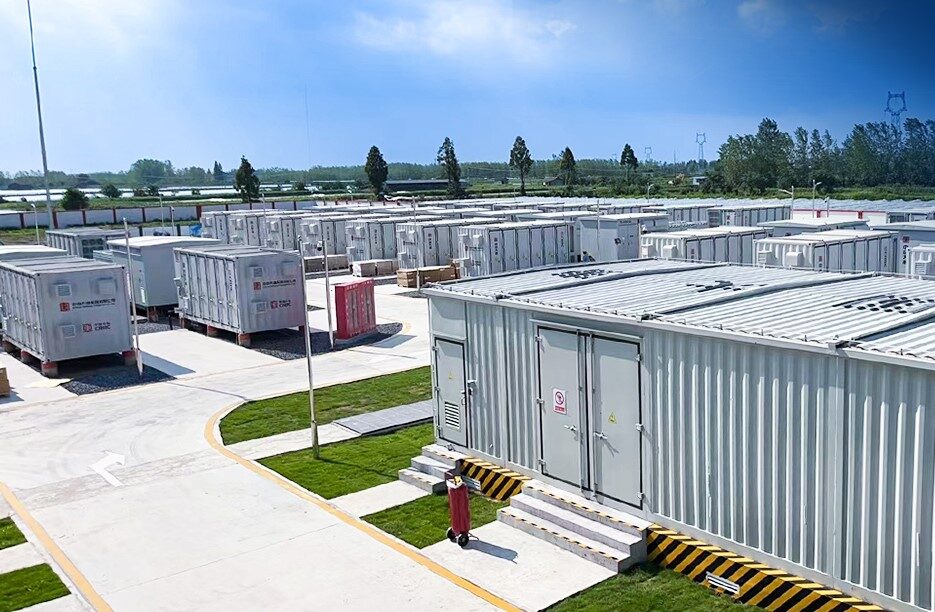A research team has determined that covering the world's highways with solar roofs could generate 17,578 TWh per year, which is more than 60% of global electricity consumption in 2023.
Their study, titled “Roofing Highways With Solar Panels Substantially Reduces Carbon Emissions and Traffic Losses,” was recently published in the journal Earth’s Future. It explores the potential to install solar panels above highways and major roads.
With more than 3.2 million km of highways worldwide, the researchers calculated the costs and benefits of constructing a solar panel network using polycrystalline solar panels with a 250 W capacity. The analysis found that covering highways with solar panels could generate more than four times the annual energy output of the United States and offset 28.78% of current CO2 emissions, while also reducing global traffic deaths by 10.8%.
“This really surprised me,” said Ling Yao, a remote sensing scientist at the Chinese Academy of Sciences and the study’s lead author. “I didn't realize that highways alone could support the deployment of such large photovoltaic installations, generating more than half of the world's electricity demand, and greatly easing the pressure to reduce global carbon emissions.”
The researchers also identified regions such as eastern China, Western Europe, and the US East Coast as the most ideal for deployment, despite challenges related to setup and maintenance costs. Yao noted the importance of pilot programs to demonstrate the practicality of this concept.
The research team consisted of academics from the Chinese Academy of Sciences, Tsinghua University and Chinese Academy of Geosciences, all located in Beijing, as well as New York’s Columbia University.
This content is protected by copyright and may not be reused. If you want to cooperate with us and would like to reuse some of our content, please contact: editors@pv-magazine.com.




Do they mean a roof like cover (excellent, keep rain off cars too) or the actual road surface?
The ‘article’ contains a beautifully illustrated schematic of roof passing over a road with accompanying inverters. What the article or its supporting pilot studies do not directly address is the engineering needed to provide the supports for this roof or indeed effectively consider it. Imho a broad brush estimate of 4 times the cost of the panel for the infrastructure is wholly insufficient, particularly since the authors’ ‘reasonable estimate’ seems to hinge solely on material cost (which historically is strongly dependent upon local geography and consequently cannot be considered constant across all geographies in all countries). To illustrate, straightforward considerations might include:
How high should the roof be? Will the underlying road service only cars or include commercial vehicles, in which case how wide should it be?
How strong should it be? How will it resist the elements (wind, rain, snow, particularly if they impact the roof at non normal incidence)? Wind speed increases with increasing height; moreover changing the inclined angle of the roof will incur greater susceptibility to wind damage from pressure differences and turbulence effects. Will rainwater runoff from the panels require additional infrastructure? Snow loading can be significant particularly in say North America.
Is it crash resistant? If not, how easy would it be to replace sections?
What impact would its construction have on transportation infrastructure?
How frequently will the solar panels need to be replaced?
Would power lines need to be rerouted to support the infrastructure?
Will excess energy produced be stored or simply wasted?
The statistical data utilised for modelling does not take into consideration variations in seasonal environmental conditions Perhaps contemplating the environmental cost of a pilot program to estimate the time needed to recoup the energy expended in providing the infrastructure, together with financial cost. (My own rough calculations give estimates in excess of the postulated 25 year lifespan. Further, the Uncertainties and Limitations within this article do little to remedy the situation.) Such a refined model could be enhanced to include any essential or planned maintenance.
It may have been better to compare the road deployment to alternate methodologies for the large-scale production of renewable energy whilst continuing to , such as (say) installing floating solar panels near to existing wind farms where at least the power transmission infrastructure is already present.
To quote William C. Taylor, “Just because you can doesn’t mean you should”.
Vehicles would need to turn on their headlights early, if sunlight gets blocked like that? So you would have the irony of burning deisel fuel to create electricity, to create light, that is only needed because of the green-electric panels above
A solution would be to hang electric lights, that are required for safety in tunnels, & hang them below the solar panels. A neat circular solution.